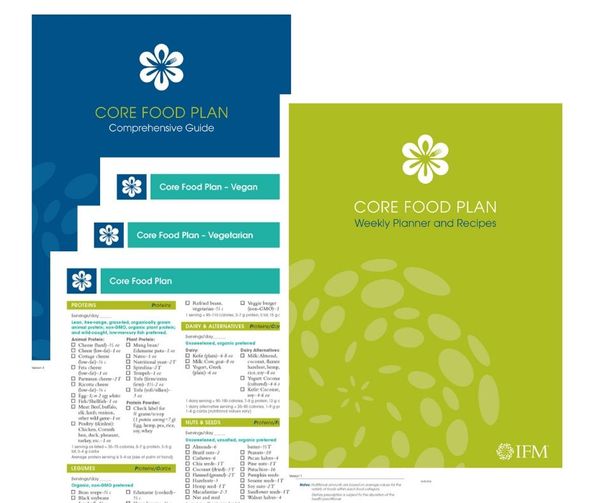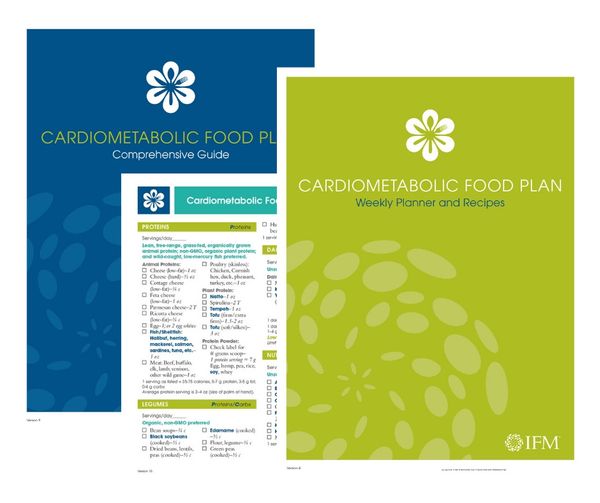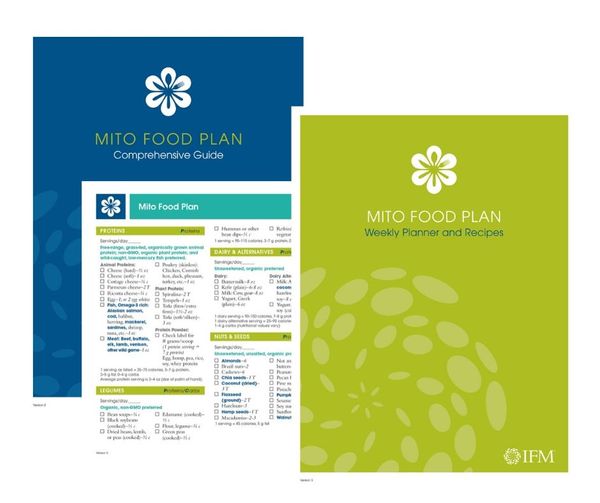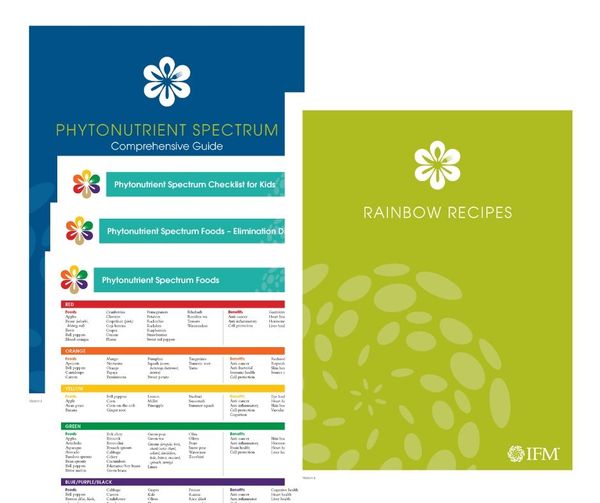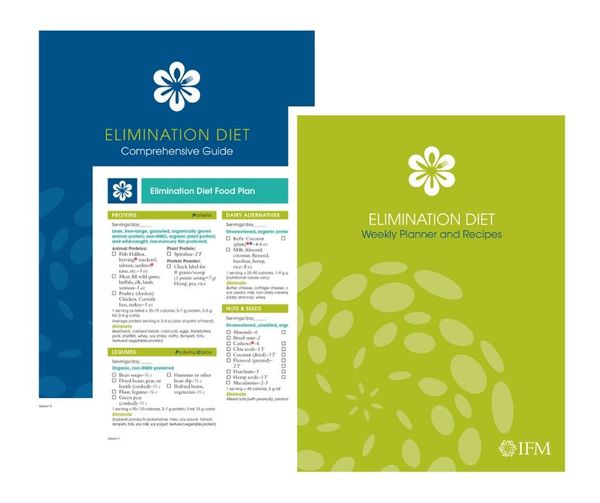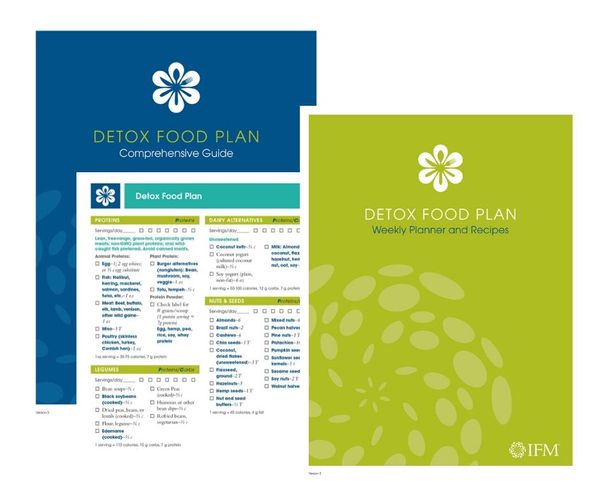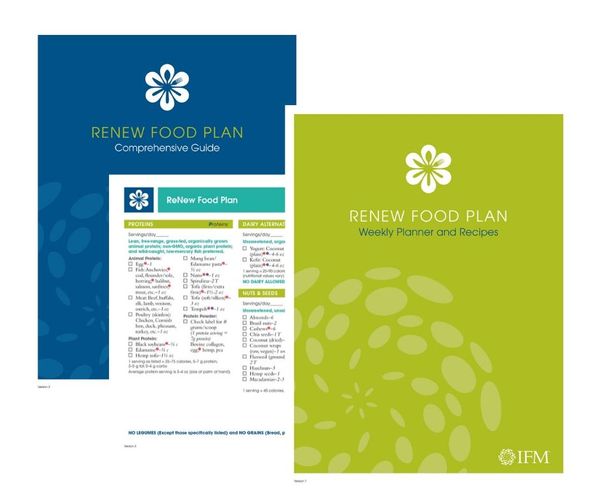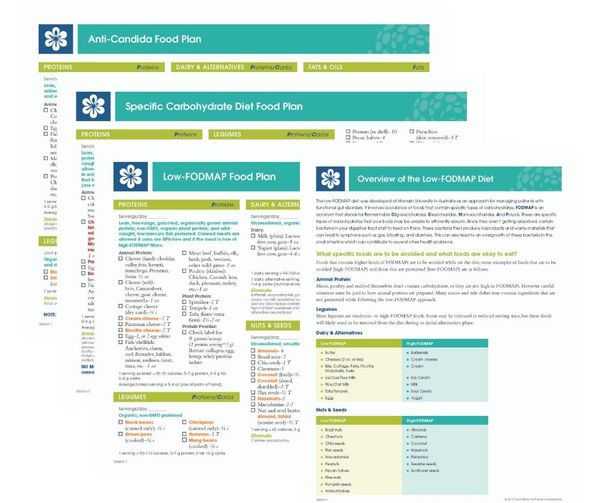Detox Food Plan
What is Detox?
The word detox has two common meanings: (1) to withdraw from the use of drugs or alcohol to which one has developed an addiction, and (2) to describe the body’s physiologic process of rendering chemicals, compounds, hormones, and toxicants less harmful.
The second definition is the one we use in Functional Medicine. This process is often referred to as “metabolic detoxification.” The organs of detoxification work efficiently as a whole to reduce the body burden or toxic load of chemicals; they include the liver, kidneys, large intestine, lymphatic system, and sweat glands.
1 out of 3 American has some form of a chronic disease and most of the rest experience symptoms of one developing.
In other words, there are well-defined metabolic pathways in the body that are responsible for converting toxins into chemical compounds, making it easy for the body to eliminate them (primarily through the urine or stools). Studies on how drugs are metabolized and cleared from the body have established a good understanding of these detoxification processes.
Of course, metabolic detoxification is an ongoing process. Every day, the organs are working to eliminate environmental contaminants that come in from toxic bacteria, pollutants, plasticizers, and heavy metals, to name a few. One of the most common exposures is toxic chemicals from agricultural production (pesticides, herbicides, and fertilizers. These exposures commonly occur through ingestion or inhalation of water, foods, and air and from time spent in the home or work environment. Sources of toxicants that can increase the body burden include materials used in new construction, carpet chemicals that can off-gas into the air, paint, household cleaners, galvanic forces in the mouth that result from mixed metals in dental restorations, synthetic materials used in dental products, and even personal hygiene products applied to face, skin, and hair. Air pollutants are found in industrial exposures, primary or second-hand smoke exposure, and auto exhaust. In other words, everyone is continually living amidst chemicals and toxicants in an increasingly toxic society, resulting in an ever-increasing body burden or toxic load of chemicals.
A person’s toxic body burden is a result of three main factors. First, there is the toxicant exposure we each may have received from both internal and external sources, as previously discussed. Second, each person’s genetic predisposition to effectively produce detoxification enzymes for processing these compounds or substrates is unique and depends on familial influence. Last, the integration of proper nutrition and ongoing dietary ingestion of helpful detoxification nutrients or phytonutrients can impact the body’s capacity to appropriately reduce the presence of toxicants and lower the body burden.
Toxic symptoms may occur when we get to our personal limit of accumulated toxins and are not able to clear them fast or efficiently enough. Medical researchers are recognizing more symptoms related to the buildup of toxins, including obesity, type 2 diabetes, metabolic syndrome, cancer, fatigue, infertility, allergies, behavior and mood disorders, and neurological conditions such as tremors, headaches, and cognitive difficulties, along with several other diseases like Parkinson’s and Alzheimer’s.
The process of detoxification involves many steps. There may be reasons why the body isn’t particularly efficient about clearing toxins. These reasons can be situational, such as having an increased exposure to toxins, being constipated and thus not able to excrete toxins in the stool, being deficient in specific nutrients, eating a nutrient-poor diet, being under stress, having a chronic disease, experiencing excessive inflammation, and not getting enough physical activity or restorative sleep. There may also be genetic reasons, such as having particularly slow enzymes that aren’t efficient in converting toxins into compounds that can be excreted.
The goal of a clinically-directed metabolic detoxification protocol is to provide nutritional support for facilitating the pathways involved in the processing and excretion of toxins. A detox program results in improved symptoms and an increased sense of wellbeing for most individuals. Specifically, many who participate in a personalized detoxification program describe improvement in pain and fatigue levels, enhanced cognitive function and moods, more effective and satisfying sleep cycles, and weight loss. The Detox Food Plan Comprehensive Guide provides specific food and nutrition suggestions to optimize the metabolic detoxification experience and lower the body burden. The guide offers directions in how to sequence a healthy detox and wellness plan by providing tips on how to get started, what to eat, what to watch for, and how to provide the body with the right nutrients for longstanding, improved elimination and detoxification.


